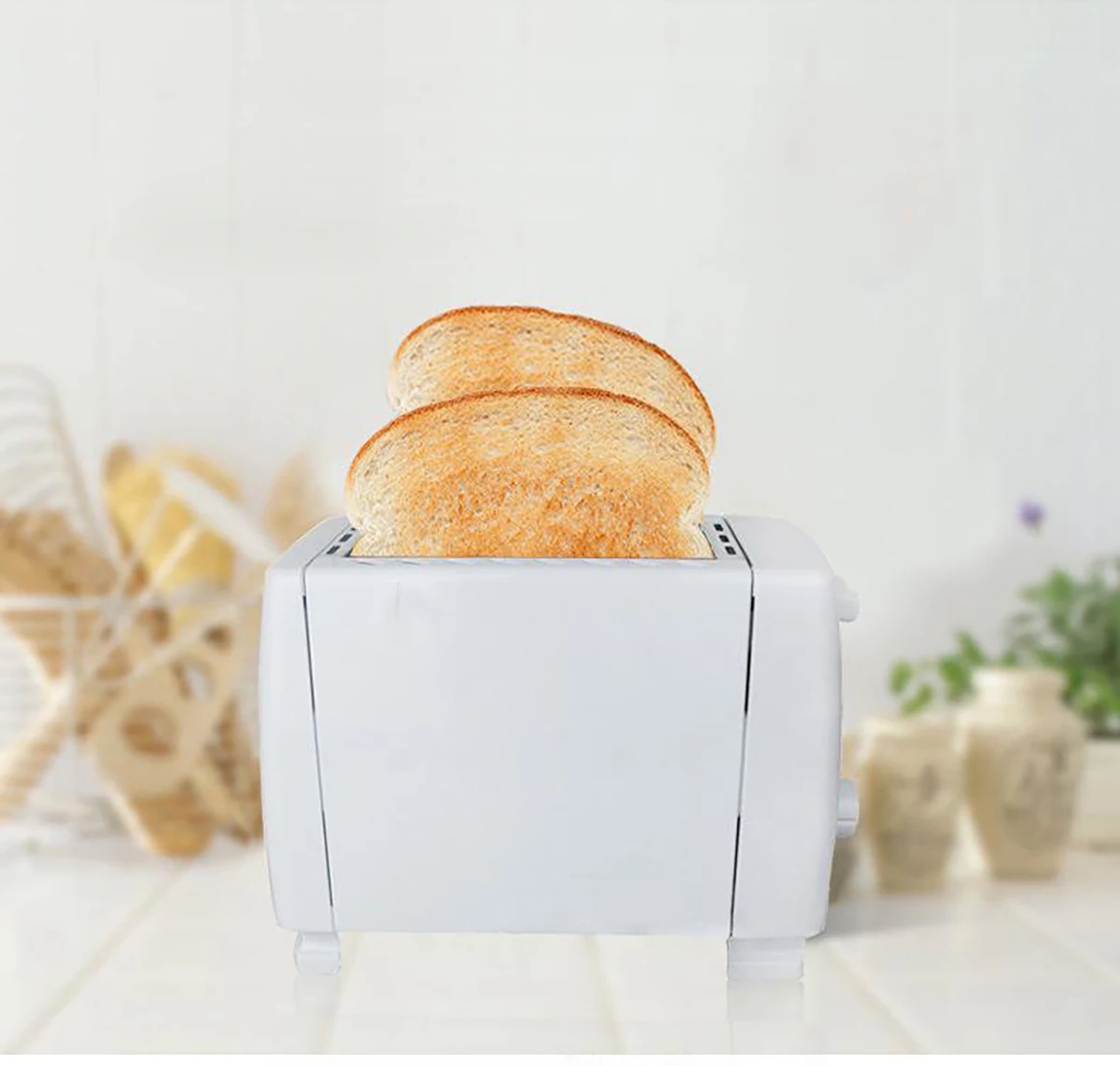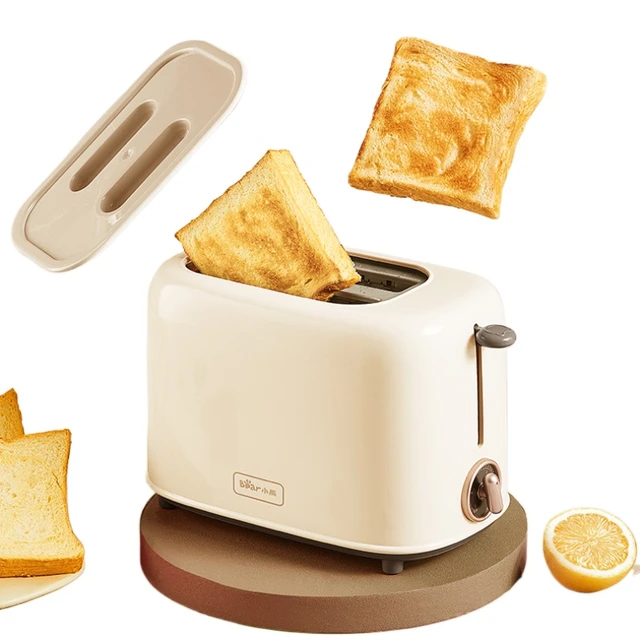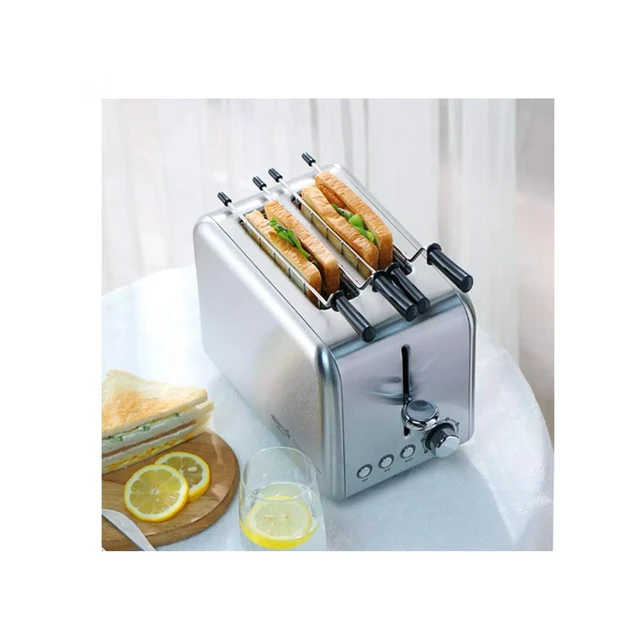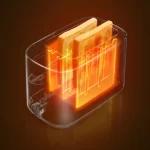Introduction
Toasters have become an essential kitchen appliance, providing a quick and convenient method for toasting bread and other baked goods. One intriguing aspect of toasters is their ability to automatically eject toast at the desired level of browning. Have you ever wondered how the toaster knows when to pop up the toast? In this guide, we will delve into the mechanism behind toast pop-up in toasters, examining specific components and processes that enable this convenient feature.

How does the toaster know when to pop up the toast?
I. The Toasting Process
-
Inserting the Bread:
- To begin the toasting process, the user inserts slices of bread into the toaster’s slots. The bread comes into direct contact with the heating elements of the toaster.
-
Heating Elements Activation:
- Upon initiating the toasting process, the user activates the toaster by depressing the lever or pressing a button. This action energizes the circuitry, allowing electric current to flow through the heating elements.
-
Heat Distribution:
- Electricity flows through the heating elements, which are typically made of nichrome wire, a material with high electrical resistance. The electrical current causes the wire to heat up quickly, generating the necessary heat for toasting.
-
Radiant Heat Transfer:
- As the heating elements become hot, they radiate heat energy into the surrounding air and onto the bread slices. The radiant heat warms the bread and initiates the toasting process.
-
Heat Absorption:
- The bread slices absorb the radiant heat energy, which causes moisture evaporation and the Maillard reaction in the bread’s surface. These processes create the desired browning and flavor development.

II. Mechanical Thermostat
-
Bimetallic Strip:
- Toasters typically incorporate a mechanical thermostat to regulate the toasting process and control when the toast pops up. The thermostat relies on a bimetallic strip, which consists of two metals bonded together with different rates of expansion when heated.
-
Expansion Differential:
- When electricity flows through the heating elements, the bimetallic strip begins to heat up. The two metals expand at different rates, causing the strip to bend or deform.
-
Lever Mechanism:
- The bimetallic strip is linked to a lever mechanism that holds down the bread during toasting. As the strip bends due to the differential expansion, it gradually releases tension on the lever.
-
Tripping the Latch:
- As the bimetallic strip continues to bend, it eventually releases enough tension on the lever to trip the latch mechanism. This triggers the toast to pop up, indicating that the desired level of toasting has been achieved.
III. Adjustable Toast Darkness Settings
-
Temperature Control Knob:
- Many toasters feature an adjustable temperature control knob or dial, allowing users to customize their toast darkness preferences. The knob controls the power flowing to the heating elements, regulating the heat output.
-
Variable Voltage or Current Supply:
- By adjusting the temperature control knob, users can vary the voltage or current supplied to the heating elements. This adjustment affects the intensity of heat generated by the elements.
-
Longer Toasting Time:
- Setting the temperature control knob to a higher value increases the intensity of heat delivered to the bread slices. This results in a longer toasting time and a darker shade of toast.
-
Shorter Toasting Time:
- Conversely, setting the temperature control knob to a lower value reduces the heat intensity, leading to a shorter toasting time and a lighter shade of toast.

IV. Safety Features
-
Automatic Shut-Off:
- Many modern toasters are equipped with automatic shut-off mechanisms to prevent overheating or potential fire hazards. These safety features deactivate the heating elements after a certain period of time or if the temperature reaches a specific threshold.
-
Manual Stop Button:
- Some toasters include a stop button that allows users to manually interrupt the toasting process if they need to check the progress or adjust the toast darkness while toasting.
V. Top-Loading vs. Bottom-Loading Toasters
-
Top-Loading Toasters:
- In top-loading toasters, the toast pop-up mechanism is typically triggered by a mechanical timer. The user sets the desired toasting time, and the mechanical timer determines when the toast should pop up based on the pre-set duration.
-
Bottom-Loading Toasters:
- Bottom-loading toasters are designed with a sensor that detects the temperature of the bread. The sensor monitors the toast’s surface temperature, and when it reaches a specific threshold indicating sufficient toasting, the toast pops up.
VI. Innovations in Toast Pop-Up Mechanisms
-
Digital Controls and Display:
- Modern toasters often feature digital controls and displays that allow users to customize toast darkness settings precisely. These digital interfaces provide a more accurate control mechanism, enhancing the toasting experience.
-
Visual Indicators:
- Some toasters are equipped with LED lights or progress bars that visually indicate the toasting progress. These indicators offer a real-time visual representation of the browning level, providing users with increased control and convenience.
VII. Maintenance and Cleaning
-
Regular Cleaning:
- To prolong the lifespan of your toaster and maintain its optimal functioning, regular cleaning is essential. Unplug the toaster and remove any crumbs or debris from the crumb tray, slots, and heating elements. This prevents buildup and minimizes the risk of electrical hazards.
-
Safety Precautions:
- Always follow the manufacturer’s instructions for cleaning and maintenance to ensure safe handling of the toaster. Avoid using abrasive materials or harsh cleaning agents that may damage the toaster’s components.

IX. Safety Considerations and Tips
-
Unplug the Toaster:
- When not in use or during cleaning and maintenance, always remember to unplug the toaster from the power source. This prevents accidental activation and mitigates the risk of electric shock or other electrical hazards.
-
Avoid Overloading the Slots:
- To ensure even toasting and prevent potential damage to the toaster, avoid overloading the slots with thick slices of bread or other baked goods that may exceed the toaster’s capacity. Pay attention to the maximum slot size and recommended load limits specified by the manufacturer.
-
Monitor the Toasting Process:
- While the toaster is in operation, it is wise to monitor the toasting process, especially if using a manual darkness control or unfamiliar with the toaster’s settings. This allows for adjustments if necessary to achieve the desired toast darkness.
-
Clean the Crumb Tray Regularly:
- To maintain optimal performance and reduce the risk of fire hazards, it is crucial to clean the crumb tray regularly. Crumbs and debris accumulate over time, and if not removed, they can increase the risk of igniting and causing a fire.

VIII. Conclusion
Toasters rely on a combination of mechanical and electrical components to determine when toast should pop up. The mechanical thermostat, typically incorporating a bimetallic strip, plays a crucial role in regulating the toasting process and triggering the toast pop-up mechanism. With the addition of adjustable darkness settings, users have greater control over the toasting result. Safety features and innovations, such as automatic shut-off mechanisms and digital controls, enhance the toasting experience and provide convenience and customization. Regular cleaning and maintenance are important for maintaining the toaster’s longevity and safe operation. Understanding the mechanism behind toast pop-up in toasters enables users to appreciate the engineering and design that goes into creating this convenient and time-saving kitchen appliance.

